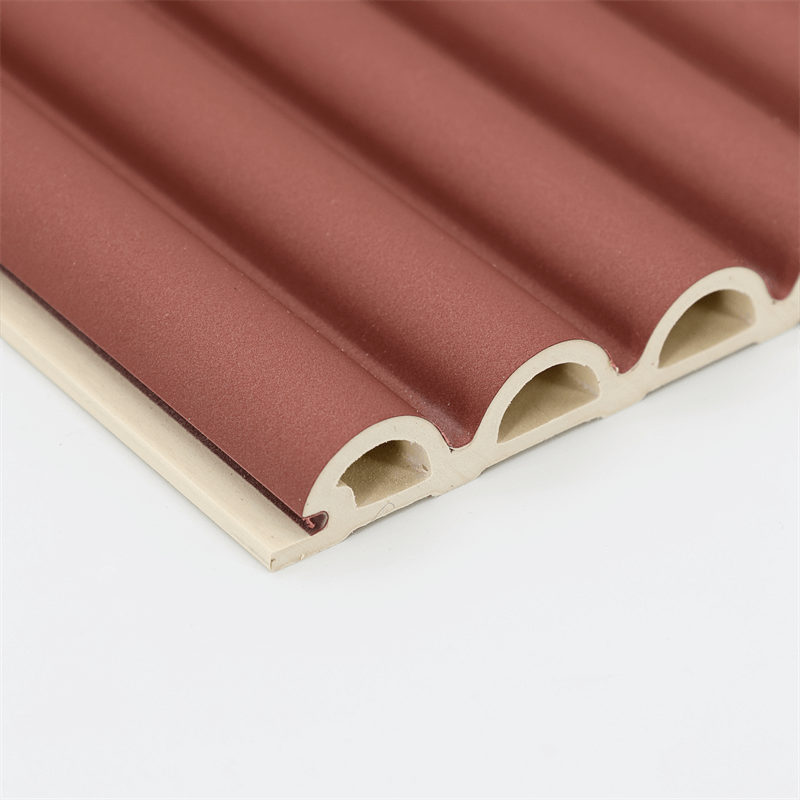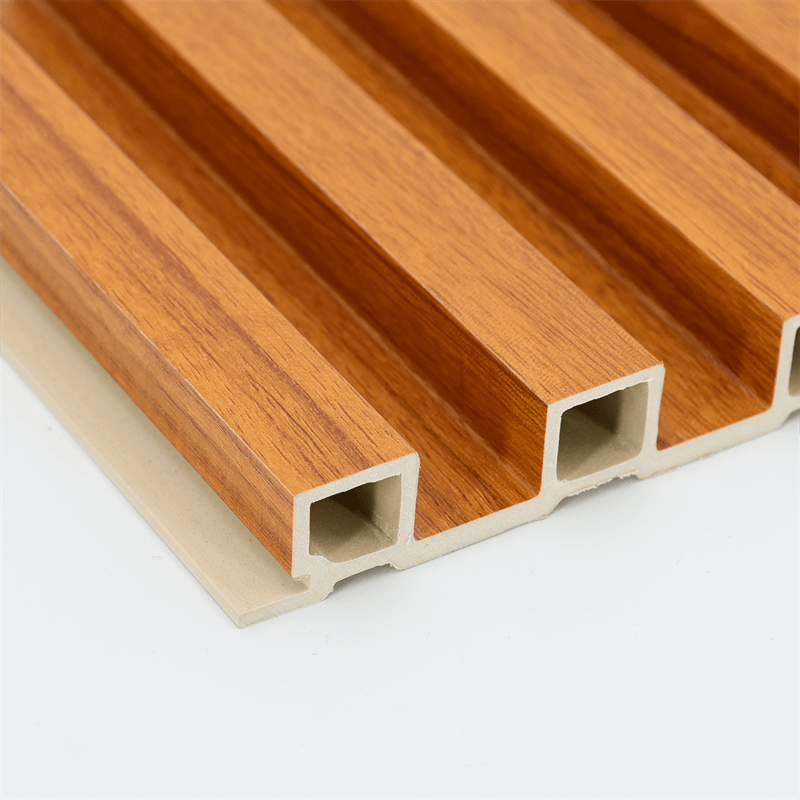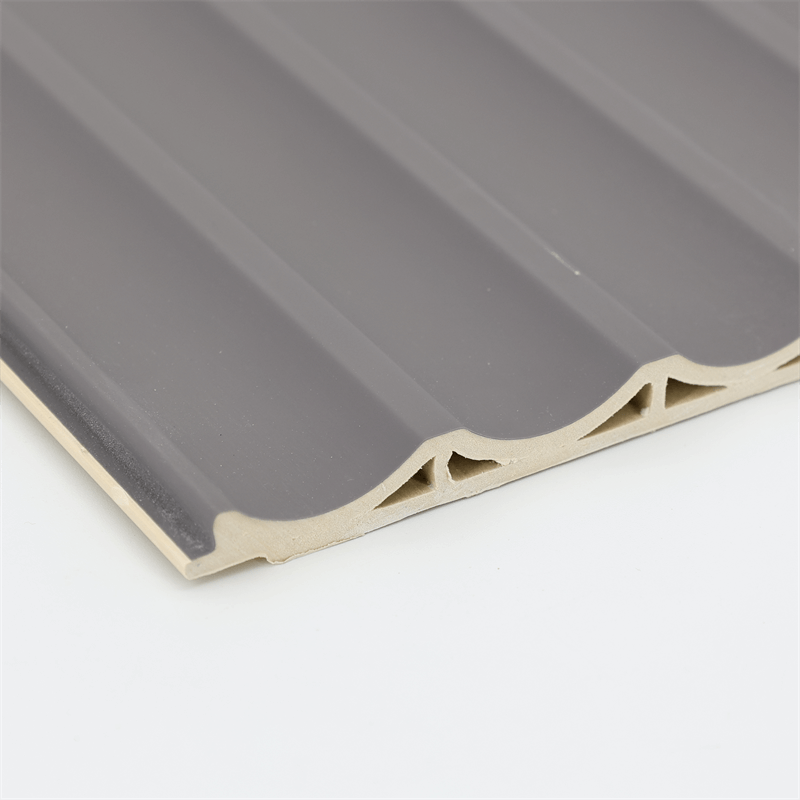The color palette of WPC (Wood Plastic Composite) wall panels plays a vital role in the overall aesthetic appeal of interior and exterior spaces.
These panels offer a wide range of colors and finishes, allowing homeowners, designers, and architects to create personalized and visually striking environments.
This essay delves into the color options available in WPC wall panels, ranging from natural tones to vibrant hues.
It explores the impact of color on the ambiance of a space, the versatility of color choices, the trend towards eco-friendly color options, and the integration of color psychology in design.
The essay is divided into four sections, each highlighting specific aspects of the color palette of WPC wall panels.
I. Impact of Color on Ambiance
- Creating a Mood: Color has a profound effect on the ambiance and mood of a space. Neutral and earthy tones, such as beige, brown, and gray, can create a sense of calmness and sophistication, making them popular choices for both residential and commercial spaces. These natural tones evoke a feeling of tranquility and can serve as a versatile backdrop for various design styles and aesthetics.
- Expressing Vibrancy: On the other hand, vibrant and bold colors, such as red, blue, or green, can add energy and personality to a space. These hues can be used as accent colors to create focal points or to evoke specific emotions. Vibrant colors are often utilized in spaces that aim to inspire creativity and stimulate engagement, such as play areas, creative studios, or collaborative workspaces.
II. Versatility of Color Choices
- Mimicking Natural Materials: WPC wall panels offer a wide range of colors that can mimic the appearance of natural materials, such as wood or stone. These panels can be found in various wood tones, including oak, walnut, or teak, allowing homeowners to enjoy the warm and inviting look of wood without the associated maintenance or environmental concerns. Stone-inspired colors, such as slate gray or sandstone beige, provide a sleek and modern aesthetic, reminiscent of natural stone materials.
- Customization Options: In addition to mimicking natural materials, WPC wall panels can be customized to suit specific design preferences. They can be painted or stained to achieve desired colors or finishes, offering endless possibilities for personalization. The ability to customize the color of WPC panels allows for creative expression and the creation of unique and visually captivating spaces.
III. Eco-Friendly Color Options
- Water-Based Finishes: With the increasing focus on sustainability and eco-friendly practices, WPC wall panels now offer water-based finishes that reduce the use of harmful chemicals. Water-based finishes emit fewer volatile organic compounds (VOCs), promoting better indoor air quality and minimizing the impact on the environment. These finishes provide a healthier alternative without compromising the durability or color vibrancy of the panels.
- Natural Pigments: Another eco-friendly aspect of WPC wall panel colors is the use of natural pigments. Some manufacturers utilize plant-based or mineral-based pigments, avoiding synthetic dyes or colorants that may have adverse effects on the environment. By incorporating natural pigments, WPC panels offer sustainable color options that align with environmentally conscious design practices.
IV. Integration of Color Psychology in Design
- Emotional Impact: Color psychology, the study of how colors can affect human emotions and behavior, plays a significant role in design. Different colors can evoke specific emotions or perceptions. For example, cool tones like blue or green are often associated with relaxation and tranquility, making them suitable for bedrooms or spa-like spaces. Warm tones like red or orange can create a sense of energy and excitement, making them ideal for social areas or entertainment spaces.
- Branding and Identity: In commercial spaces, color choices can contribute to brand identity and customer experience. The color palette of WPC wall panels can be strategically selected to reflect a company’s branding or to create a specific atmosphere that aligns with the target audience. For instance, a restaurant might choose warm and inviting colors to create a cozy dining experience, while a high-end boutique may opt for sophisticated and elegant hues to convey luxury and exclusivity.

The color palette of WPC wall panels offers a vast range of options, from natural tones to vibrant hues, allowing for endless design possibilities in interior and exterior spaces.
The choice of colors can significantly impact the ambiance, mood, and overall aesthetic appeal of a space.
From creating a calm and serene environment with neutral tones to infusing energy and vibrancy with bold colors, WPC panels offer versatility and customization options.
Moreover, the trend towards eco-friendly color options, such as water-based finishes and natural pigments, aligns with sustainable design practices and the increasing demand for environmentally conscious solutions.
By integrating color psychology in design, WPC wall panels can be utilized to evoke specific emotions, enhance customer experiences, and reinforce brand identities in commercial spaces.
In conclusion, the color palette of WPC wall panels adds depth and character to interior and exterior spaces.
The versatility, customization options, and eco-friendly color choices make WPC panels a preferred choice for homeowners, designers, and architects seeking to create visually appealing, personalized, and environmentally conscious environments.
By harnessing the power of color, WPC wall panels transform spaces into captivating and inviting places that evoke specific emotions and reflect individual tastes and preferences.


